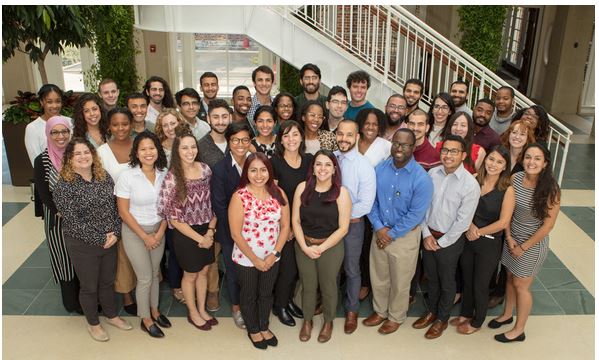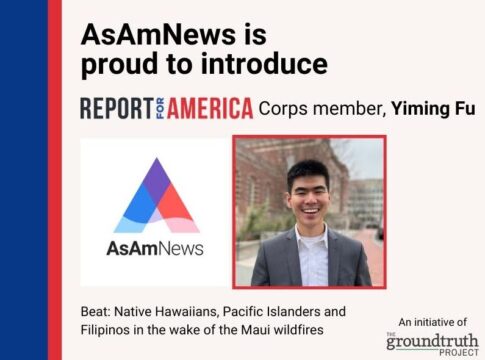By Louis Chan, AsAmNews National Correspondent
Did the model minority myth sink the chances of a Hmong American PhD candidate from winning a fellowship from the Howard Hughes Medical Institute?
That’s the accusation posted on Twitter by Kao Lee Yang- a doctoral student from the University of Wisconsin, Madison.
“Today I was told by HHMI that I do not fit their eligibility criteria for “Racial/Ethnic Underrepresentation,”‘ wrote Yang on Twitter in a 12 part post.
Asian Americans are thought to excel in academics. While there’s some truth to that, that truth breaks down when you disaggregate the data by different ethnic groups.
LATEST STORIES
According to the Postsecondary National Policy Institute, 22% of Burmese, 26% of Laotian, 27% of Cambodian, and 28% of Pacific Islander adults over the age of 24 have completed an associate degree or higher in the 2018-2019 academic year.
Compare that to 58.2% of the general population. We found no break out specifically about Hmong Americans.
AsAmNews reached out to both Yang and HHMI for comment.
“HHMI is committed to increasing racial, ethnic, and gender diversity in academic science,” a spokesperson said via email.
The organization said it focuses on populations specified as underrepresented based on historical data.
“For the Gilliam Fellows program, HHMI is focusing on the populations specified in the program announcement based on available data on the underrepresentation and historical exclusion of these groups in science in the United States,” it wrote.
HHMI used data from the National Science Foundation which does not disaggregate its data. That survey found that In 2018, among U.S. citizens and permanent residents, Whites earned 57.9% of bachelor’s degrees in Science & Engineering fields and Asians earned 10.7%. Hispanic and Latino graduates were awarded 15.1% of S&E bachelor’s degrees; Black or African Americans, 8.5%; and American Indian or Alaska Natives, 0.4%.
However, that survey did not have break outs for different Asian American groups.
HHMI announced that 50 candidates had been accepted as Gilliam fellows in the 2021 class. While it did not break down the fellows by race, going strictly by surname and appearance based on their photos, at least four of the fellows appear to be Asian American. That would mean Asian Americans make up 8% of the 2021 class. All four appear to be East Asian and South Asian Americans.
HHMI declined to reveal its class breakdown by ethnicity to AsAmNews.
“HHMI does not currently report this data for our fellows publicly,” it said.
What’s unclear is when Yang applied for the HHMI fellowship. Applications for the 2022 class opened up October 27. She sent out her tweets October 26, the day before. She is listed as an assistant researcher at the Alzheimer’s Disease Research Center at the University of Wisconsin, Madison.
We also don’t know who told her she wasn’t from an underrepresented group and in what context.
Yang declined to answer our questions saying she is not currently accepting media requests. HHMI declined to talk about Yang specifically, but said “it takes concerns about eligibility seriously.”
AsAmNews has Asian America in its heart. We’re an all-volunteer effort of dedicated staff and interns. Check out our new Instagram account. Go to our Twitter feed and Facebook page for more content. Please consider interning, joining our staff, or submitting a story, or making a contribution.








